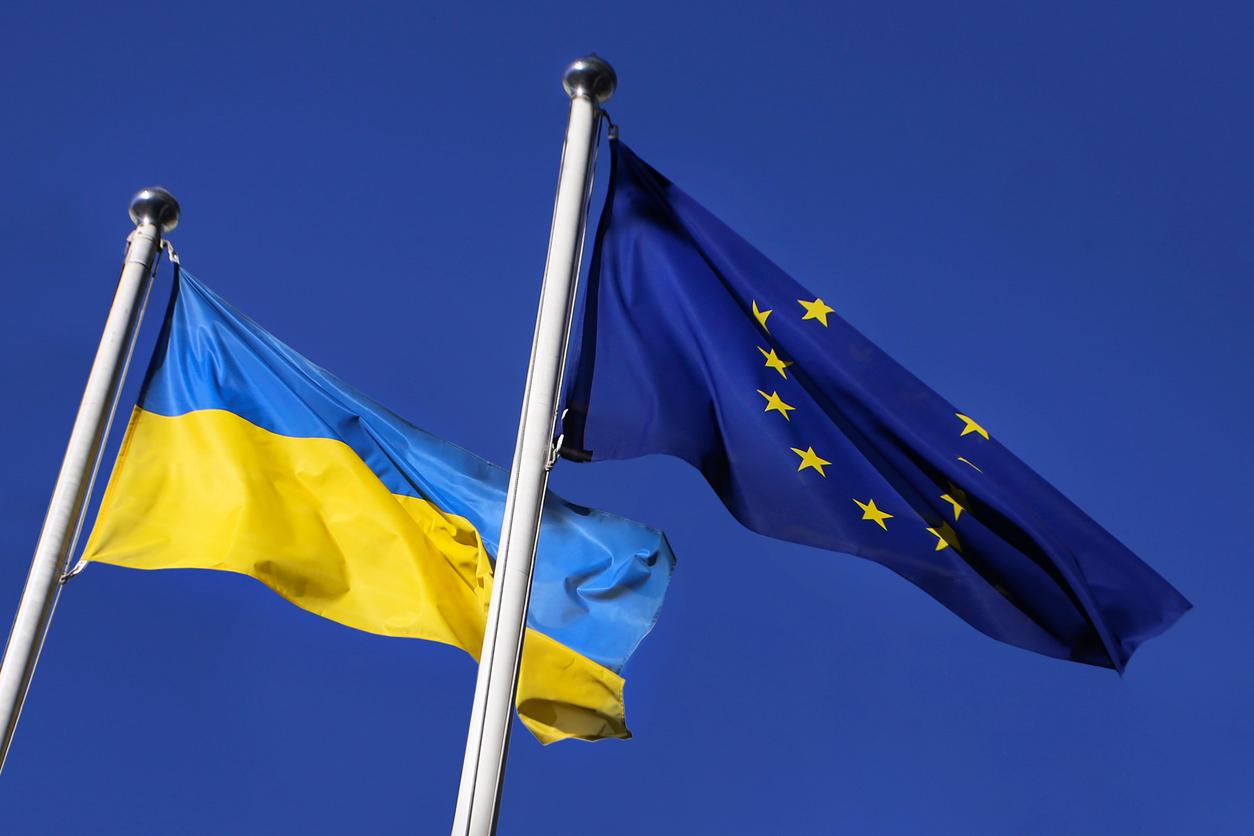Blog
Five ways for anti-corruption conditionality to succeed in Ukraine

Anti-corruption reforms represent a core component of Ukraine’s Europeanisation path, a process that combines domestic reform constituencies’ aspirations with international support mechanisms. Progress along this path is often not straightforward: countervailing pressures of vested interests, political indecision, and bureaucratic resistance have held up reform momentum in the past.
Conditionality has been one mechanism to counter these headwinds. International partners push for domestic institutions to establish concrete reform milestones (and provide evidence of implementation), the achievement of which are then typically tied to financial aid. However, in practice, conditionality in Ukraine has occasionally been ineffective due to its vague metrics, inconsistent enforcement, and a tendency to undermine rather than strengthen domestic reform momentum.
In recent months, civil society organisations (CSOs) in Ukraine have called for conditionality to be tied to a far-reaching agenda that pro-actively re-balances power in Ukraine. Anti-corruption is part of this enhanced democratisation. While Ukraine’s anti-corruption efforts continue at a remarkable pace under conditions of war, this blog examines the experience of conditionality between 2014 and 2022 (see, for example, my research on the EU’s anti-corruption policy advice, anti-corruption in post-war Ukraine, and reform backsliding in Ukraine) to offer five insights into how anti-corruption conditionality can be more effectively structured.
In sum, conditionality works best when it is not just an instrument by which external demands are channelled, but a collaborative framework that aligns international support with domestic reform constituencies while maintaining clear accountability through specific, measurable benchmarks developed in consultation with key Ukrainian institutions.
Five ways to make anti-corruption conditionality more effective
1. Stand firm against selective implementation
A failure to maintain consistent pressure for reform has proved counterproductive. Major reform violations provoked vocal reactions within conditionality processes and averted backsliding. The 2020 Constitutional Court crisis demonstrated this: vested interests within the judicial branch ruled that Ukraine’s entire anti-corruption framework was unconstitutional. Only when the EU and International Monetary Fund (IMF) explicitly tied further financial assistance to the restoration of anti-corruption infrastructure did Ukrainian authorities move to revert the decision.
However, reactions to more nuanced issues such as procurement irregularities in the 2019-initiated ‘Great Construction’ project, or remaining gaps in anti-corruption institutional independence, were often muted in dialogue between international partners and the Ukraine government. This was despite concerns being raised by Ukrainian CSOs, media outlets, and reform advocates in numerous blogs and investigative articles. This disconnect between domestic reform discourse and international response decreased much-needed pressure for reforms. It also created implementation challenges as policymakers faced reduced accountability for reform commitments. Conditionality is ultimately a political mechanism, and political capital should be spent backing it up.
2. Frame the debate and build informed public support for reforms
It is rarely remembered today, but in the late 1940s, gathering domestic support among the US public for the Marshall Plan was achieved by focusing on a positive narrative. This was a central task for the policymakers in Washington who established the plan. Today, the Kremlin is waging an active disinformation campaign against Ukraine in the West, in which the simplistic and false narrative of Ukraine as a corrupt state plays a central role. This campaign seeks to undermine Western support. In a representative survey among citizens of various EU member states, corruption was the second most cited issue on why Ukraine should not join the EU. ‘Corruption’ was second to ‘security considerations’, and ahead of ‘economic costs’.
Therefore, international partners must more actively support grant programmes and information campaigns that help domestic audiences understand Ukraine’s reform achievements and remaining challenges. This means moving beyond simplistic narratives of either complete success or failure to show how specific anti-corruption measures contribute to Ukraine’s European integration and the benefits of a fully reformed Ukraine for Europe. A well-informed public allows for maintaining support while enabling constructive dialogue about reform implementation.
3. Establish clear progress metrics
To make all progress independently verifiable, international partners should work with the National Agency on Corruption Prevention (NACP) and other major Ukrainian institutions to incorporate robust and measurable outcomes in their conditionality frameworks. In the past, the EU changed measures in its annual Association Implementation reports. Sometimes the EU saw the sole existence of anti-corruption institutions as evidence of success. At other times, it referred to outcomes of those institutions without providing clear benchmarks for how to interpret the results. Annual reports should objectively reflect a joint understanding of progress based on input from national CSOs, think tanks, and the academic community, breaking it down into specific outcomes. Examples are given by Ukrainian non-governmental organisations, which provide quantitative and qualitative metrics for the functioning of anti-corruption institutions. In addition, the United Nations Office on Drugs and Crime definition of independent and autonomous anti-corruption institutions could serve as a more nuanced benchmark.
4. Harness local expertise: incorporate civil society monitoring
Globally innovative governance solutions, such as the procurement platform Prozorro, were the result of Ukrainian CSOs’ involvement in the reform process. However, CSO criticism did not always prompt action by the international community. This was the case in the ‘Great Construction’, which CSOs called ‘highway robbery’. These organisations have invaluable capacities for innovative policy solutions and a crucial understanding of reform implementation.
However, while various CSO working groups meet regularly with international partners – ranging from weekly technical consultations to quarterly strategic reviews – and Ukrainian CSOs actively monitor reforms through platforms such as the iMoRe index, current consultation methods lack systematic integration into international partners’ decision-making processes. Their input often remains advisory rather than binding. This can be strengthened by setting up an institutionalised dialogue framework where international partners must publicly respond to CSO suggestions and concerns, particularly during annual reform progress reviews. Such a mechanism would formalise the valuable role that CSOs already play in identifying subtle forms of state capture, while ensuring that their expertise directly informs partners’ conditionality decisions. This would also be a step towards more agency for domestic reform forces in Ukraine, and accountability of Western actors.
5. Create sectoral reform incentives
Deep and comprehensive reforms may take time and persistence to achieve lasting change. Corruption operates in different ways across various sectors of society. Therefore, international partners should develop sector-specific conditionality roadmaps that move beyond one-size-fits-all institutional metrics. These partners should create targeted milestones for important sectors such as healthcare, education, and public procurement. For instance, while judicial reform metrics focus on institutional independence, healthcare anti-corruption measures might prioritise procurement transparency and reducing informal payments. This sectoral approach should be integrated into Ukraine’s broader European integration path.
***
Rather than external pressure, Ukraine’s anti-corruption experience will depend on strong domestic ownership and support from reform-minded actors within the Rada committees and executive branch who are already working to strengthen anti-corruption measures. Even so, conditionality matters. When done well it structures incentives and facilitates collaboration through consistent pressure, positive narratives, measurable benchmarks, the inclusion of a broad set of expertise and sectoral approaches.
Disclaimer
All views in this text are the author(s)’, and may differ from the U4 partner agencies’ policies.
This work is licenced under a Creative Commons Attribution-NonCommercial-NoDerivatives 4.0 International licence (CC BY-NC-ND 4.0)


